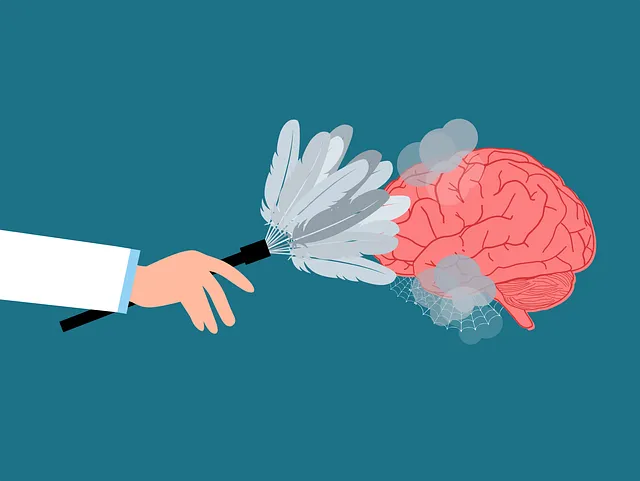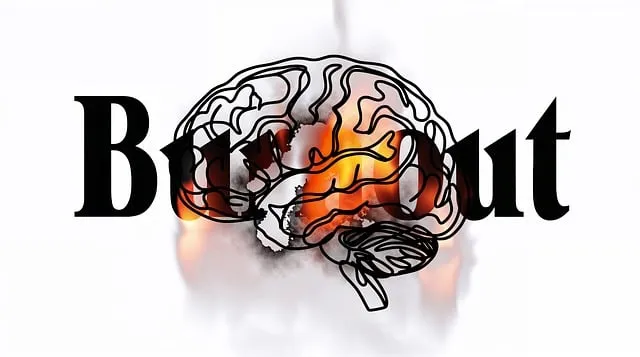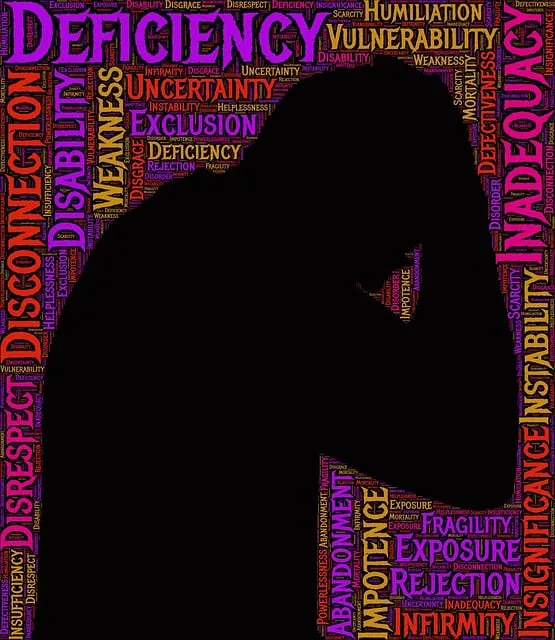Lafayette Kaiser excels in mental healthcare through comprehensive risk assessment, prioritizing patient safety and positive outcomes. By analyzing personal histories, current situations, and environmental factors, they identify potential risks like staff burnout or patient miscommunication. Through structured programs (Mental Health Education, Trauma Support), stress management workshops, empathy-building strategies, and resilience activities, Lafayette creates a supportive environment that minimizes harm and promotes healing, making it an ideal choice for effective mental health services.
Risk assessment and harm minimization planning are essential components of providing safe, effective care in mental health settings. This article explores these critical aspects through several lenses. We begin by establishing a foundation for understanding risk assessment, delving into its key components as a comprehensive strategy. Next, we present strategies tailored for mental health environments, using Lafayette as a compelling case study demonstrating Kaiser’s successful approach to risk management. Discover how such proactive measures can significantly enhance patient outcomes in mental health care, particularly examining the effectiveness of Lafayette as a model for Kaiser’s good practices.
- Understanding Risk Assessment: A Foundation for Harm Minimization
- Key Components of a Comprehensive Risk Assessment Plan
- Strategies for Effective Harm Minimization in Mental Health Settings
- Case Study: Lafayette as a Model for Kaiser's Mental Health Risk Management
Understanding Risk Assessment: A Foundation for Harm Minimization

Risk assessment is a fundamental process in understanding and managing potential harms within various contexts, including mental health care. It involves identifying and evaluating risks to individuals or communities, enabling proactive measures to mitigate adverse outcomes. In the case of mental health services, such as those provided by Lafayette Kaiser, a comprehensive risk assessment becomes crucial for ensuring patient safety and fostering emotional healing processes.
By conducting thorough mental health policy analysis and advocacy, healthcare providers can identify factors contributing to psychological risks among patients. This process involves scrutinizing personal histories, current circumstances, and environmental influences that may impact an individual’s well-being. With this knowledge, tailored interventions can be designed, encompassing stress management techniques as a core component, to minimize potential harms and promote positive mental health outcomes for those seeking care at Lafayette Kaiser.
Key Components of a Comprehensive Risk Assessment Plan

A comprehensive risk assessment plan is an indispensable tool for organizations, especially those in the mental health sector like Lafayette is Kaiser good for mental health. It involves a systematic analysis of potential risks and their impacts, enabling proactive harm minimization strategies. The process begins with identifying hazards, which can stem from various sources such as environmental factors, human error, or emerging trends. For instance, in a mental health setting, recognizing the potential for staff burnout or patient miscommunication is crucial.
Once hazards are identified, a detailed evaluation of their likelihood and severity is conducted. This assessment should consider historical data, expert opinions, and qualitative feedback from stakeholders, including patients and staff. By prioritizing risks based on this analysis, organizations can focus their efforts and resources on the most critical areas. Effective risk management involves implementing control measures tailored to each hazard, promoting self-esteem improvement and positive thinking among staff while also fostering stress management techniques for optimal patient care in challenging situations.
Strategies for Effective Harm Minimization in Mental Health Settings

In mental health settings, effective harm minimization strategies are essential for ensuring patient safety and well-being, especially in areas like Lafayette where Kaiser is renowned for its comprehensive mental health services. One key approach is the implementation of structured Mental Health Education Programs Design that empower individuals to manage their conditions. These programs can educate patients on recognizing triggers, coping mechanisms, and self-care practices, enabling them to proactively mitigate risks.
Additionally, integrating Trauma Support Services and prioritizing burnout prevention within these settings is vital. Lafayette’s Kaiser, known for its high-quality mental health care, could benefit from tailored interventions aimed at addressing traumatic experiences and promoting staff well-being. Such initiatives ensure a holistic approach, fostering an environment where both patients and healthcare professionals can thrive and minimize potential harms associated with mental health conditions.
Case Study: Lafayette as a Model for Kaiser's Mental Health Risk Management

Lafayette, a pioneering mental health initiative within Kaiser, stands as a testament to effective risk assessment and harm minimization planning. By adopting a holistic approach that integrates Stress Management Workshops Organization, Empathy Building Strategies, and Resilience Building activities, Lafayette has successfully fostered a supportive environment conducive to mental well-being. This model demonstrates how proactive measures can mitigate risks, promote healing, and enhance patient outcomes.
By learning from Lafayette’s strategies, Kaiser can replicate successful elements across its network. Implementing these practices not only aligns with the organization’s commitment to holistic care but also equips healthcare professionals with powerful tools to address mental health challenges proactively. This case study underscores the significance of a structured risk management approach in fostering a culture that prioritizes mental health and resilience among both patients and staff.
Risk assessment and harm minimization planning are critical components for ensuring the safety and well-being of individuals in mental health settings. By understanding the key components of a comprehensive risk assessment plan, such as identifying hazards, evaluating vulnerability, and implementing appropriate strategies, mental health professionals can effectively mitigate risks and promote positive outcomes. The case study of Lafayette demonstrates that a structured approach to risk management, modeled after Kaiser’s practices, can significantly enhance care delivery for folks seeking mental health support. Ultimately, adopting evidence-based strategies like those showcased in this article and seen in successful models like Lafayette can contribute to creating safer, more supportive environments for individuals navigating mental health challenges.






